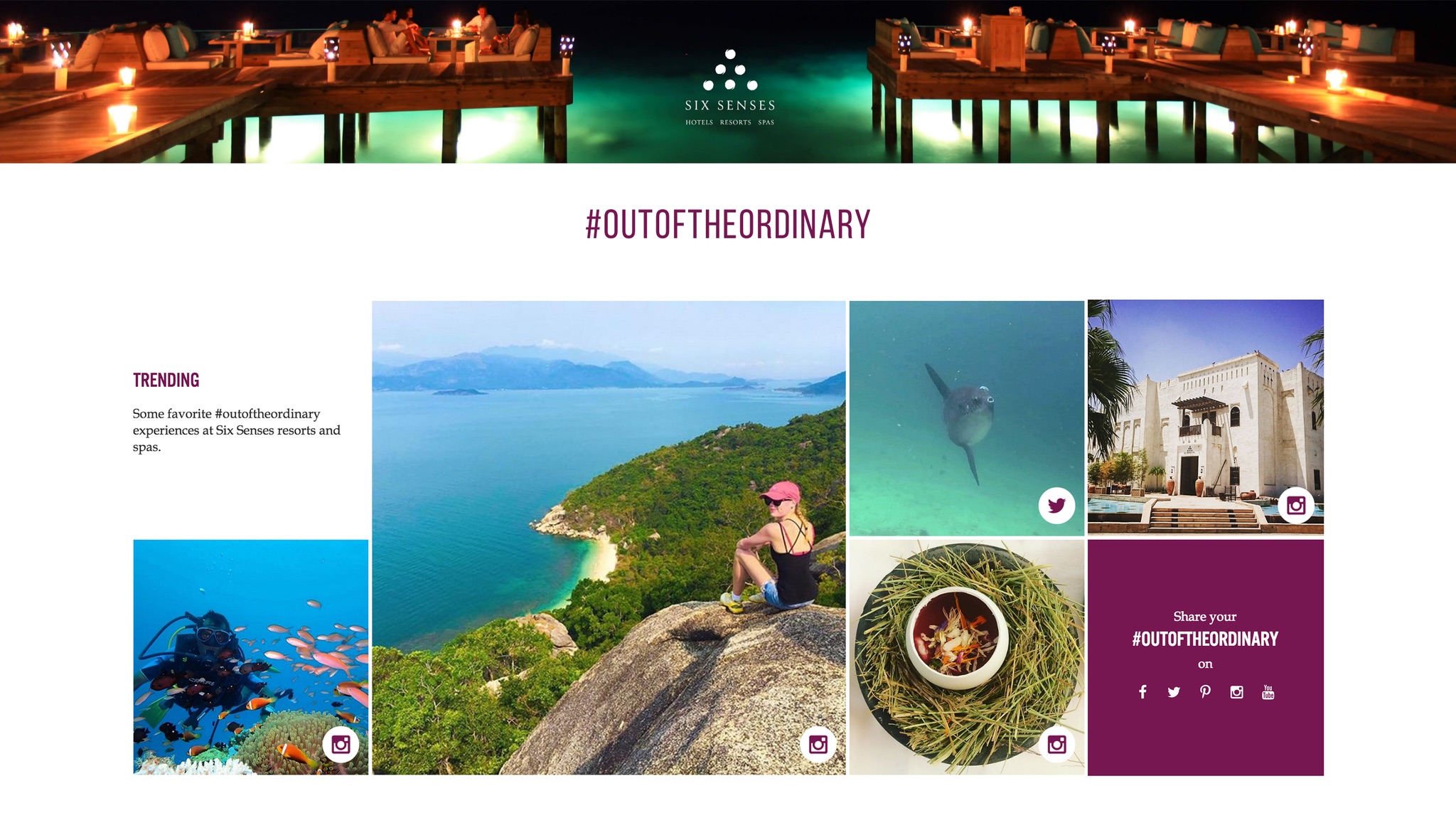As an experienced marketing leader for the past 21 years, I’ve seen marketing go from direct mail to web to email to social and all the way to today’s owned media and content marketing.
But in all that time (not to date myself) I have not quite seen the level of challenge that today’s forward-thinking marketer is faced with: to produce authentic messages that deviate from an outmoded, impersonal and corporate selling style. And, of course, this isn’t quite as simple as being “fun”, using memes, or hiring millennials to craft these messages. These approaches are not enough and in the wrong hands could backfire.
The fact is that buyers today are more skeptical and more informed than ever. For marketing executives this challenge boils down to implementing a marketing methodology that humanizes the communicating of a product or service.
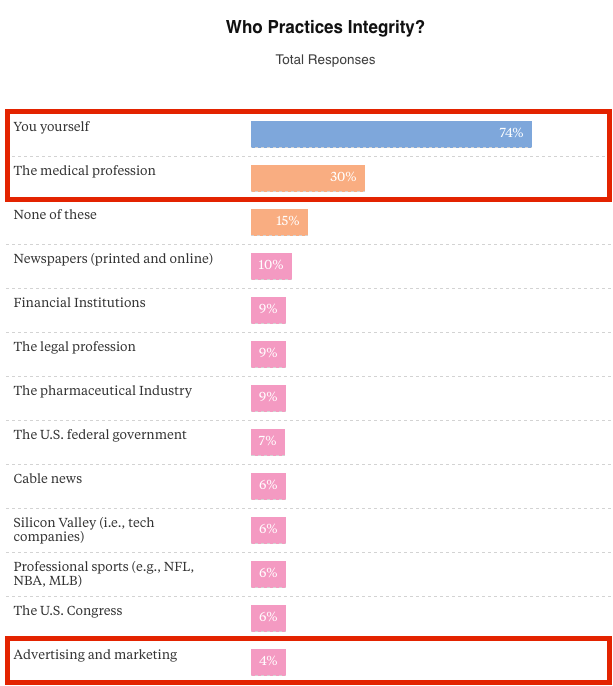
At TINT, we’re adamant that we’ve found the answer in User Generated Content (UGC). We may be a little biased, but the data—which I will go over in moment—absolutely supports using UGC as a central part of your marketing strategy to improve overall performance and decreasing content creation costs.
So what is User Generated Content?
UGC is as any type of content that has been created and promoted virtually or in-person by unpaid customers or “users”. For the marketing executive, UGC comes equipped with one of the most powerful levers in a marketing message arsenal: voice of customer. This voice can refer to pictures, videos, testimonials, tweets, blog posts—and for the digital marketer almost any sharable media you can think of.
The more important part, of course, is that UGC means that a customer promotes a product, service, or experience rather than the company.
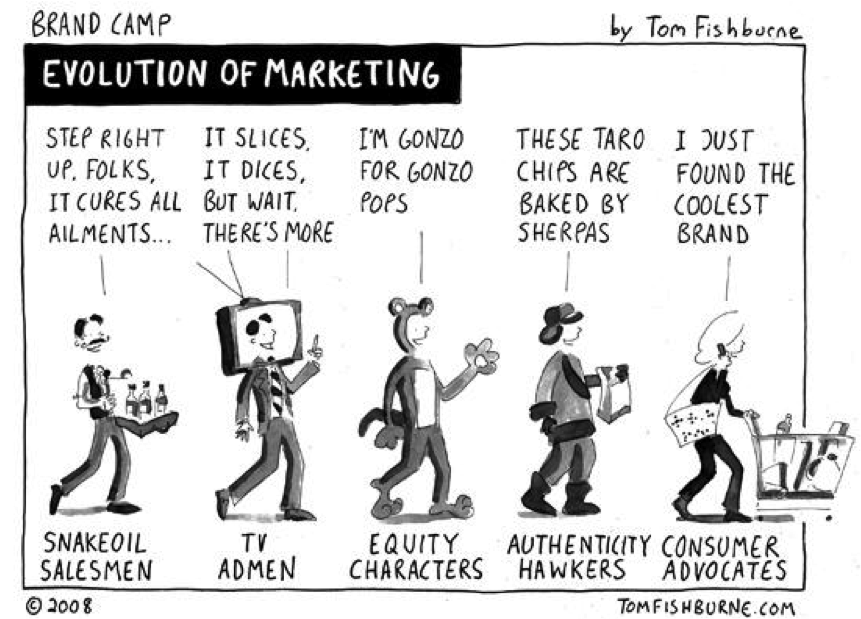
Right off the bat you can see the benefits of marketing in this manner. But instead of anecdotally advocating for UGC, let’s turn to the data to make the business case.
UGC Covers the Whole Marketing Funnel
I don’t know about you, but as a marketer there’s maybe only one thing I love more than discovering innovative ways to reach prospects and customers: data. To this end, we’ve collected dozens of empirically backed statistics in a comprehensive list here. For the purposes of this post, though, I’ll stick to the stats that should be of interest to fellow marketing leaders:
- UGC-based ads get 4x higher click-through rates and a 50% drop in cost-per-click than average.
- 93% of consumers find UGC to be helpful when making a purchasing decision
- UGC results in 29% higher web conversions than campaigns or websites without it.
- On-site consumer reviews can increase conversions by 74%.
- A UGC-centered campaign from Burberry saw a 50% increase in eCommerce sales year-over-year.
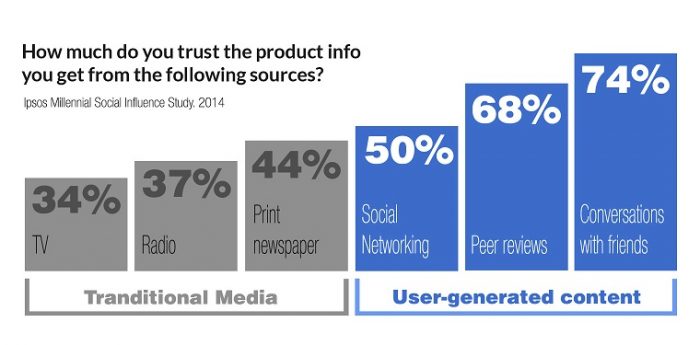
Okay, so I have to admit that as a marketing professional there may be something I love more than innovation or data—generating leads. And as you can see the research shows that UGC supports this effort very effectively. UGC enhances and augments every marketing activity you have implemented from top of funnel to closing the deal.
The key takeaway? Never underestimate the ability of your customers to sell the brand, product, service, or experience better than you can.
Fascinating case study of how Loews Hotels and Resorts Travel For Real Campaign uses UGC across the whole marketing funnel.
UGC Validates Your Offering through the Voices of Your Customers
Selling messages do not get more authentic than those that come from customers. UGC is another form of customer validation like testimonials or case studies. The difference is that there is no room for bias for the brand interested in sharing these messages.
UGC can be said to remove a sort of conflict of interest that consumers deem present in some brand-led customer validation. For this reason, UGC’s customer validation is compelling and should be utilized at every stage of the funnel.
The voice of a happy customer is powerful and dynamic enough to pique the initial interest of a prospect or push someone on the fence to finally hit the buy button.
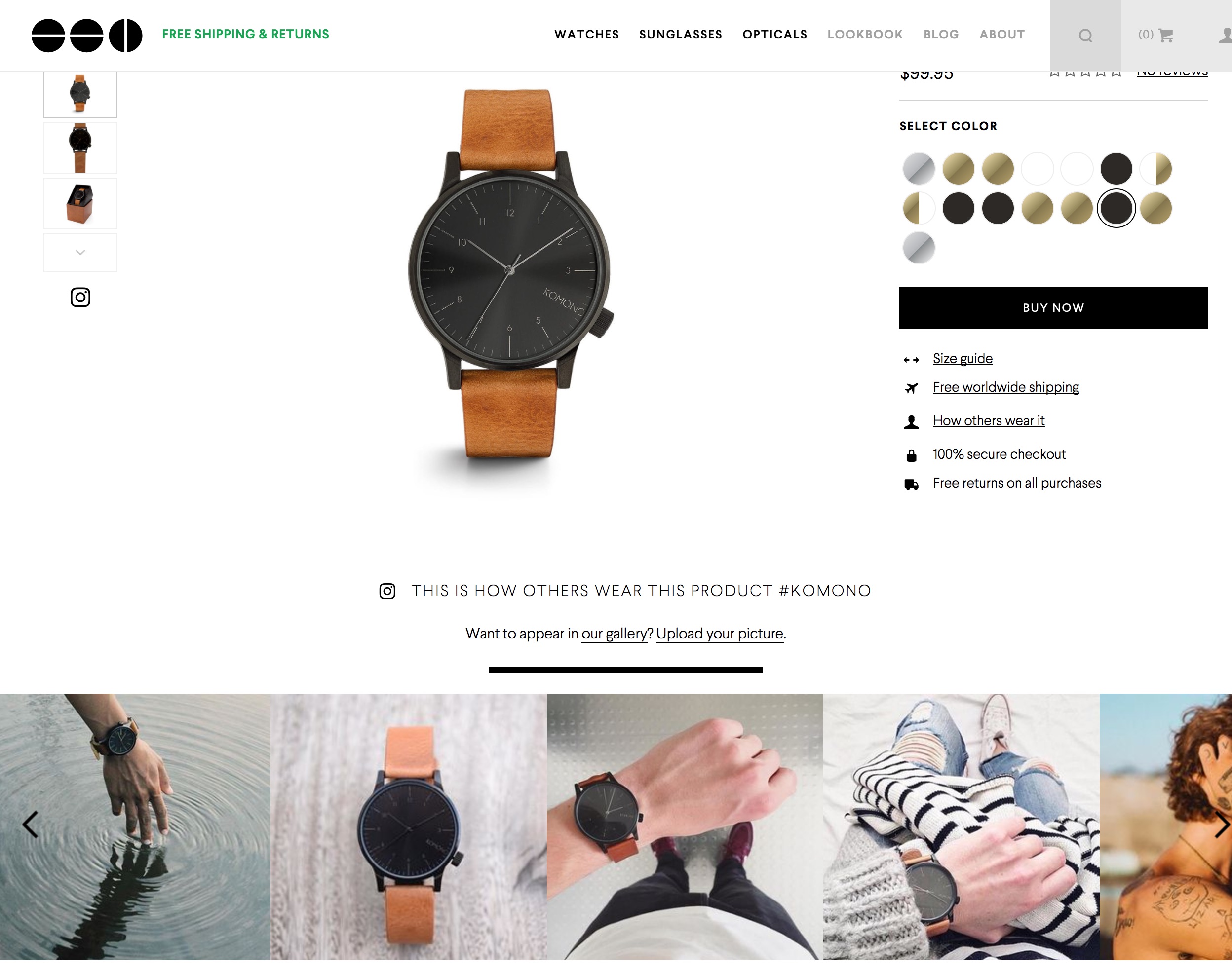
UGC Lets Marketers Cut Through the Noise
It almost goes without saying that internet is a noisy, busy place for marketers. Users, customers, and prospects are constantly bombarded with social interactions, entertainment, brand messages, and re-marketing.
The conventional tools used in this space, whether commercials or targeted banner ads, have diminishing returns. Not only do we have to deal with ad blockers, but maybe even worse is ad blindness—the ability we have all developed to instinctively ignore the selling messages we see on social media, emails, and websites.
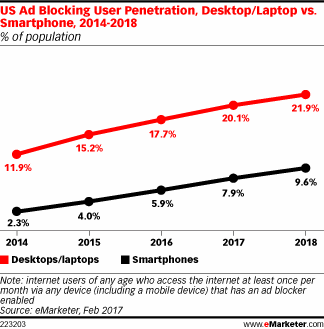
UGC is unique in its ability to overcome these challenges because in most cases customer created promotions are not perceived as promotional. Instead these messages are seen as valuable and honest sharing of a product or service someone enjoyed enough to say something nice about. It’s not much different from a friend referring a movie to watch or certain brand of toothpaste to use or a hotel to stay at.
The point is that the voice of customers stick out in a sea of brands screaming for the same “buy me” attention.
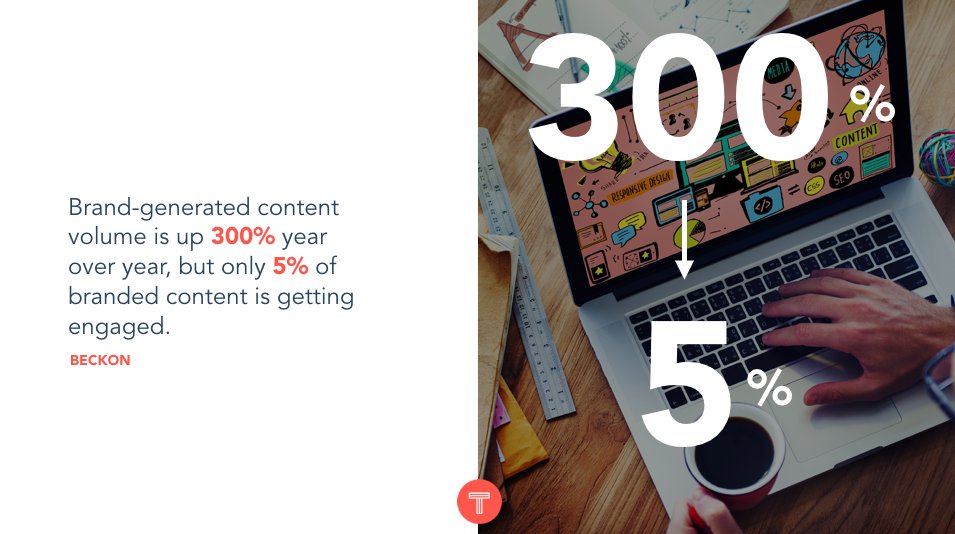
Your Competitors Aren’t Maximizing UGC
And if the research is any indication, it’s unlikely that your company has put a system in place to leverage User Generated Content. Only 27% of brands (including marketing agencies) have a system in place to find, manage, and utilize user content. This means the majority of companies are wasting powerful, free promotion that could augment their marketing efforts in a big way.
After years leading the marketing charge for some of the biggest brands like HP and Xerox, I’ve noticed a common trend: most marketers are doing the same thing to reach customers. Call these conventions or best practices, while necessary items on the marketing menu, anything you do to augment and enhance that strategy will give your company an advantage over your competitors.
The great news is that not only can marketing leaders implement a UGC marketing strategy today, but because of the nature of the content, half the work is done for you.
If you’d like to consult with an expert today on implementing a UGC strategy into your marketing, schedule a time here!

